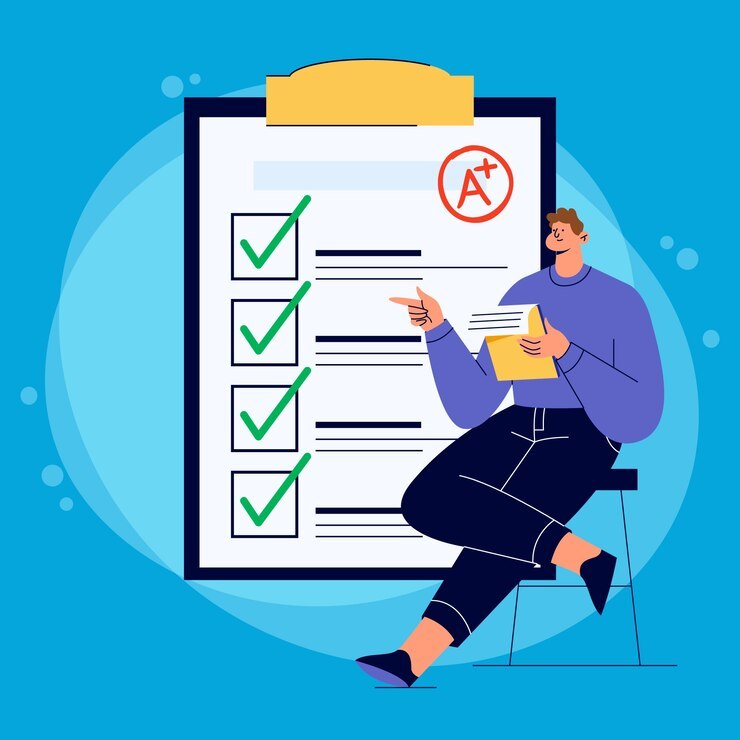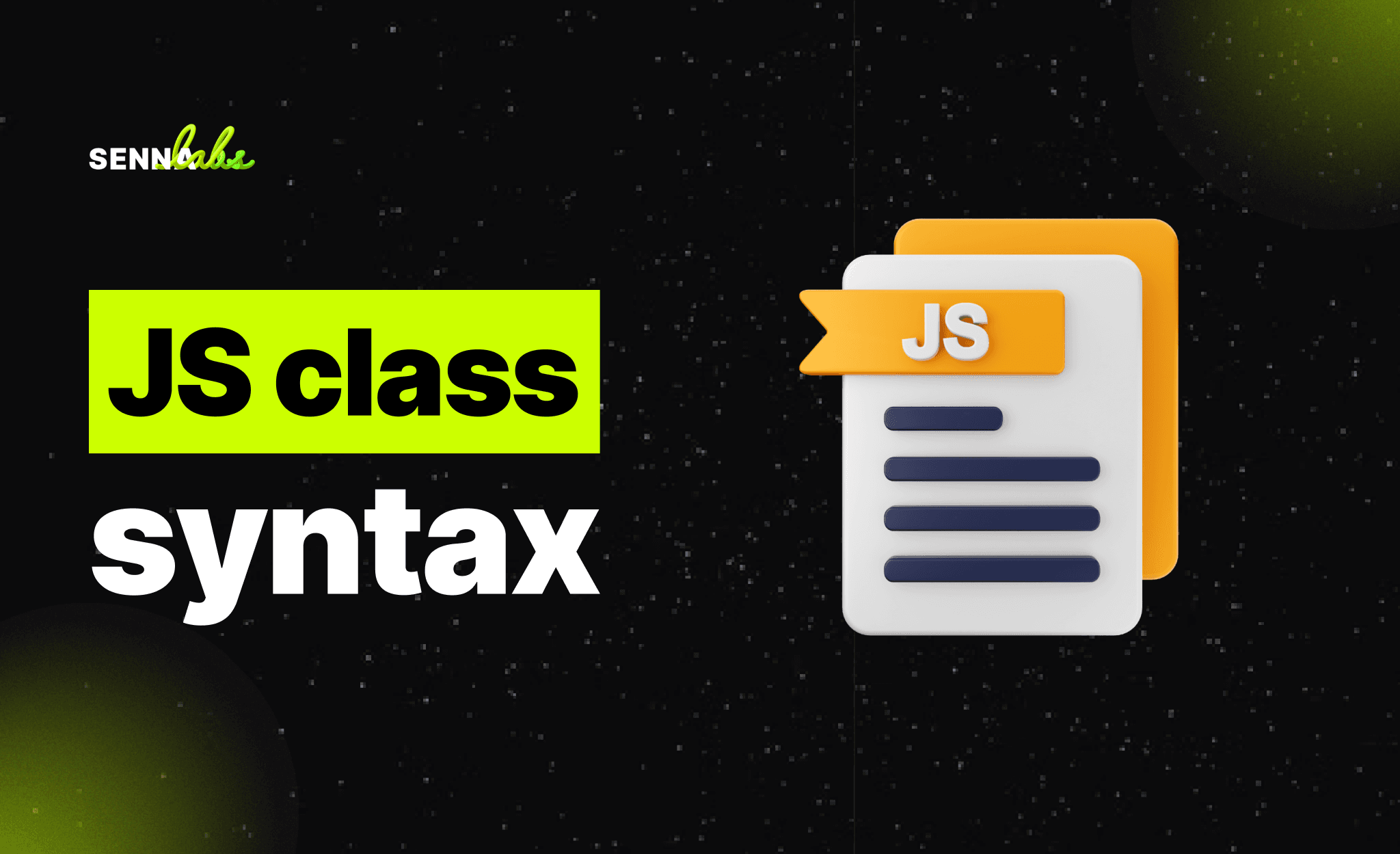A Pre-Launch Checklist for Mobile App Usability Testing

Launching a mobile app is a significant milestone—but before you hit “publish,” it’s essential to ensure your product is not only functional, but also usable. No matter how innovative your features or how sleek your interface, users will quickly abandon an app that’s confusing, clunky, or difficult to navigate.
That’s where pre-launch usability testing comes in. It’s your last chance to catch user experience issues before going live, ensuring that your app delivers value from the first tap. And the best way to run usability testing efficiently? With a structured checklist.
In this article, we’ll explore the essential items every usability testing checklist should cover before releasing your app into the wild. We’ll also look at a real-world case where this process helped a finance app dramatically improve its onboarding experience.

Why You Need a Usability Checklist
Usability testing without a clear checklist can become vague and inconsistent. A checklist helps you focus on what matters most, ensures nothing critical is missed, and keeps everyone on the same page—especially in cross-functional teams involving design, development, product, and QA.
It provides a repeatable framework to assess how intuitive, accessible, and responsive your app is from the user's perspective.
Core Areas to Include in a Pre-Launch Usability Testing Checklist
Let’s break down the key components every team should test before launching their mobile app.
1. Onboarding Flow
First impressions count. If users don’t understand your app or can’t get started easily, they’ll leave.
What to test:
-
Can users register or sign in with minimal effort?
-
Is the purpose of the app clear within the first few screens?
-
Are tooltips, tutorials, or welcome messages helpful (not overwhelming)?
-
Can users skip onboarding if desired?
Common pitfalls:
Too many steps, unnecessary permissions, or unclear value propositions.
2. Key Feature Accessibility
Your app may have dozens of features—but certain core actions are the reason users downloaded it. These must be easy to find and use.
What to test:
-
Are core features visible from the home screen or main menu?
-
Can users complete key tasks without needing support?
-
Do icons and buttons clearly represent their functions?
Example:
If your app helps users track expenses, make sure adding a new transaction can be done in a few intuitive steps.
3. Content Clarity and Language
Confusing or overly technical language frustrates users. Clarity is key.
What to test:
-
Are instructions and messages written in plain language?
-
Do users understand labels, navigation items, and error messages?
-
Are fonts readable on all screen sizes?
Tip:
Use readability testing tools to gauge content simplicity, or run A/B tests on key messages.
4. Navigation and Interaction Flow
The user journey through your app should be logical and seamless.
What to test:
-
Can users easily find their way back to the homepage?
-
Are there dead ends or confusing loops in the app?
-
Do gestures (like swiping or tapping) behave as expected?
Test with real users:
Watch how first-time users try to find specific features—are they guessing, or moving confidently?
5. Response Time and Performance
Speed is a part of UX. If the app feels slow, users may assume it’s broken.
What to test:
-
Are page transitions smooth and fast?
-
Do forms and buttons respond immediately upon tapping?
-
Is loading time acceptable even on slower networks?
Rule of thumb:
Pages should load in under 2 seconds for a seamless experience.
6. Error Handling and Feedback
Mistakes happen. What matters is how your app communicates and recovers.
What to test:
-
Are error messages helpful and user-friendly?
-
Can users easily retry or undo actions?
-
Does the app prevent critical user mistakes (e.g., deleting data without warning)?
7. Device and Platform Compatibility
Make sure the app performs well across different environments.
What to test:
-
Compatibility with iOS and Android versions
-
Performance on different screen sizes and resolutions
-
Behavior in both light and dark modes
Pro tip:
Test on real devices—not just emulators—especially for gestures, scrolling, and sensor-related features.
Real Use Case: Redesigning the Onboarding Experience
A personal finance app was preparing to launch after months of development. The core idea was simple: help users track their income and expenses in one place. However, during pre-launch usability testing, the team noticed an issue—users struggled to link their bank accounts.
The process required selecting a bank, logging in, setting up categories, and enabling permissions—all within a confusing multi-step modal that wasn’t mobile-friendly.
What they did:
-
Simplified the bank linking process into three clear steps
-
Added tooltips explaining each action
-
Enabled auto-complete for popular banks
-
Provided a skip option with an explainer about manual tracking
The result:
Onboarding completion rates jumped significantly. More users made it to the dashboard, leading to increased long-term engagement. The usability testing checklist caught a major blocker just in time.
Best Practices for Running Your Usability Checklist
-
Test with real users: Avoid internal bias by observing external participants from your target demographic.
-
Test early, test often: Don’t wait until the final build—run usability tests throughout the development process.
-
Combine with analytics: Use behavior analytics to validate test findings (e.g., which screens have high drop-offs).
-
Make feedback actionable: Organize findings into clear action items categorized by urgency and impact.
-
Document and share: Keep a record of checklist results, changes made, and outcomes to guide future updates.
Conclusion
Launching a mobile app without usability testing is like opening a store without walking through the front door. You need to know what your users see, feel, and experience from the first interaction—and the best way to ensure that is with a structured usability checklist.
By covering onboarding, core features, clarity, navigation, speed, and cross-device functionality, your app is more likely to meet expectations and earn long-term loyalty.
Small improvements discovered through testing can lead to big results—just like how one finance app’s change to a bank account setup screen led to a surge in onboarding success.


Subscribe to follow product news, latest in technology, solutions, and updates
Other articles for you



Let’s build digital products that are simply awesome !
We will get back to you within 24 hours!Go to contact us Please tell us your ideas.
Please tell us your ideas.







